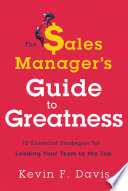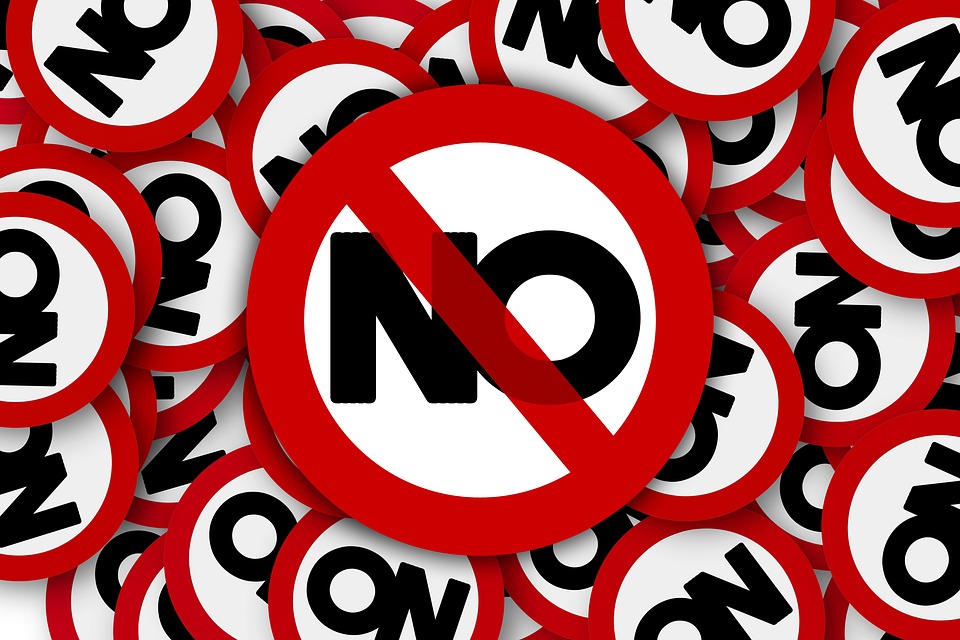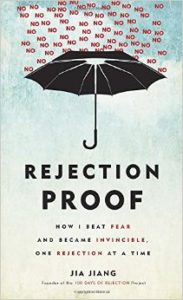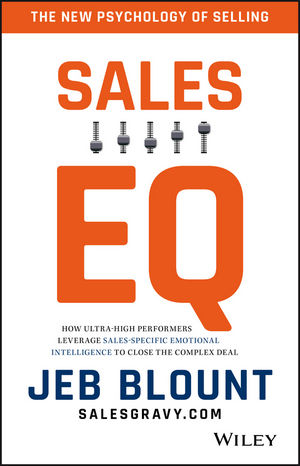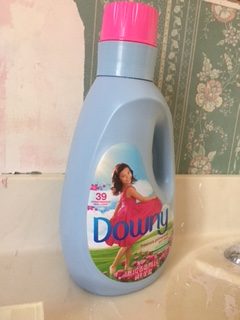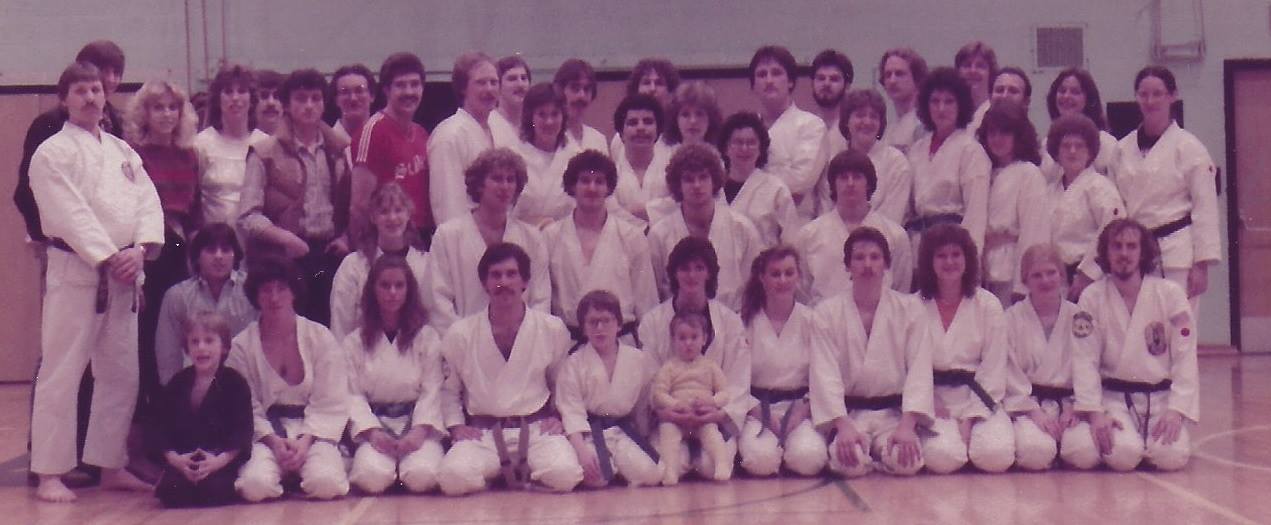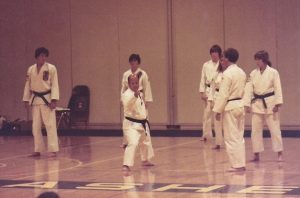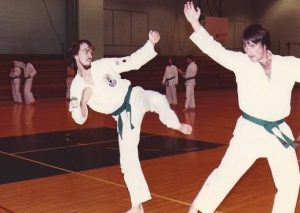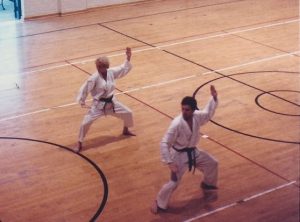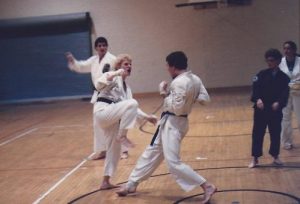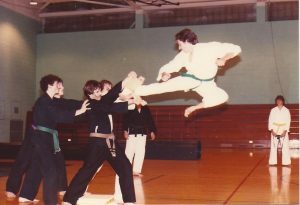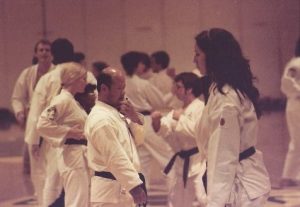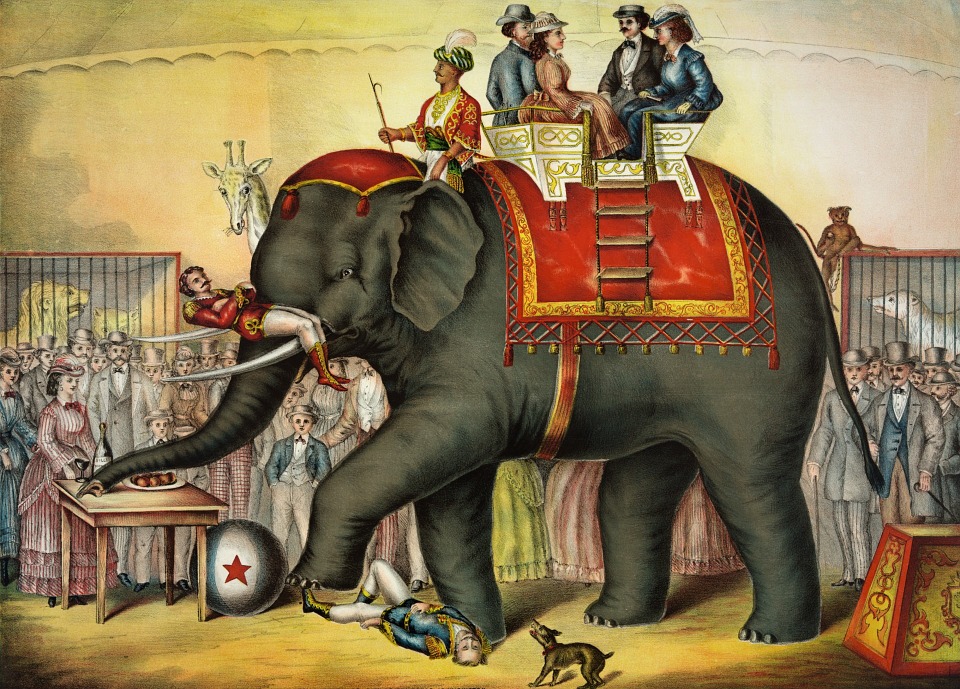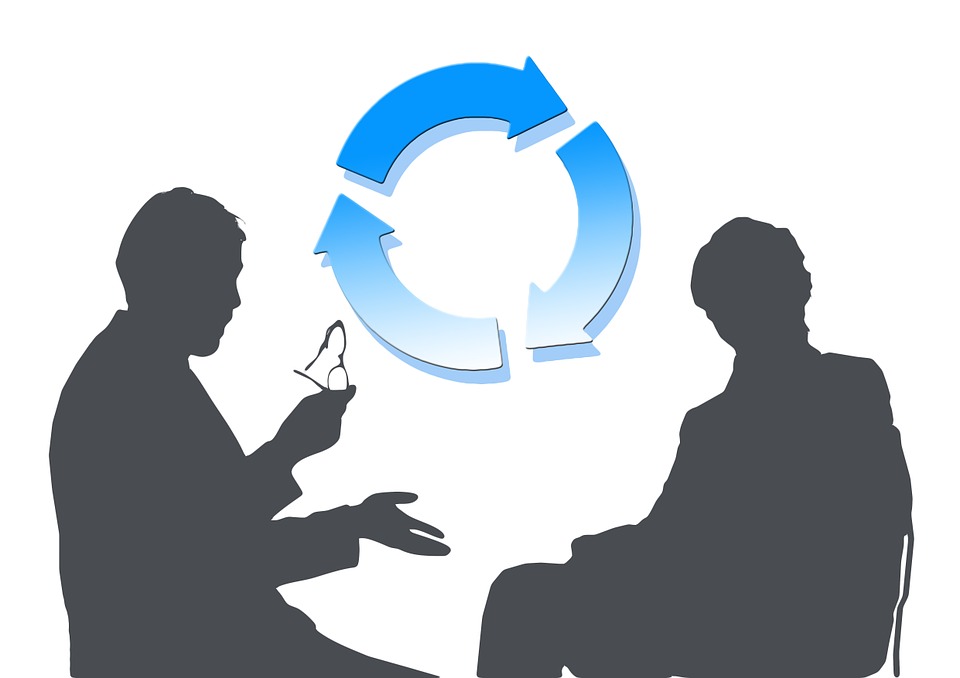A few Salespeople have “IT”. They all need “IT” to achieve their sales numbers. ..What is “IT”? In this post I will discuss Emotional Intelligence and the role it plays in helping our salespeople achieve their profitable sales growth objectives. In the book: Sales EQ, How ultra-high performers leverage sales-specific emotional intelligence to close the complex deal by Jeb Blount.
Leading and coaching salespeople you find some salespeople just have “it” and some do not. It’s hard to describe. It is more of a feeling than a word you can use to describe it…at least until now.
For years I have assumed it was experience, product knowledge, sales skills, personality, communication and presentation skills but they just did not completely cover what I was experiencing. What I was seeing is called Emotional Intelligence.
I shared another book on this topic some time ago: Emotional Intelligence for Sales Success by Colleen Stanley.
In that post I shared Emotional intelligence is the ability to identify and manage your own emotions and the emotions of others. It is generally said to include 3 skills:
- Emotional awareness, including the ability to identify your own emotions and those of others;
- The ability to harness emotions and apply them to tasks like thinking and problems solving;
- The ability to manage emotions, including the ability to regulate your own emotions, and the ability to cheer up or calm down another person.
So the topic of Emotional Intelligence is not new. Solvey and Mayer first introduced it in 1990. However it really did not pick up steam until Daniel Goleman a Harvard trained psychologist wrote an article in 1995 for the New York Times about his book: Emotional Intelligence.
To add to this discussion I just competed an excellent book by Jeb Blount titled: Sales EQ, How ultra-high performers leverage sales-specific emotional intelligence to close the complex deal . Like the other books mentioned this book is a must have in every sales leaders library. Why? Why this book now you might ask? The short answer is to adapt to a shift that has occurred in “power” during a sale.
The author shares…
“ Technology has disrupted the traditional sales process by giving buyers unprecedented access to product and industry information, more control over the sales process, and more choices of products and vendors…To differentiate yourself from competitors and hold the short-lived attention of buyers, you need to be a master of emotions, interpersonal skills, influence frameworks and human relationships ”
– Jeb Blount
For years I have helped companies Fix Sales Problems. Many companies believe if we just train our people in products, markets and selling skills we will achieve our profitable sales growth goals. However what they all were missing is something that was often a disruption for their leaders to hear:
“Buyers buy with emotion and justify their decisions with data”
Let that sink in a minute….
So we have been training salespeople for years…in my case over 30 years in product features and benefits, sales processes, closing techniques, how to overcome objections, the challenger model, the sales consultant model, value based selling…and the list goes on but how many of us work on the Emotional Intelligence of our salespeople? Not many I am afraid.
Jeb Blount captures this later in the book…
“Managing disruptive emotions is the primary meta-skill of sales. The combination of situational awareness and the ability to consistently regulate disruptive emotions is what puts ultra-high performers on a pedestal above average salespeople….We know that the buyer’s emotional experience along with the buying journey has as much( or more) impact on their propensity to buy from you as anything else…the paradox of emotions is that the same time they are your most powerful ally they’re also your greatest enemy”
Let me share a real example ( from my youth) where I blew it and I hope helps bring the importance of emotional intelligence home.
It was early in the 1990’s and I was leading the retail division of a plastics packaging company. We made retail loss prevention devices to prevent the theft of music and we made video storage packaging for video rental. The video rental market had shifted and we introduced a new product to meet that need I branded: The Squeeze Box. The name described how it worked…you squeezed the bottom of the plastic storage box and the video tape would slide out. I named it that after the song,..mama’s got a squeeze box..but changed the lyrics ..and my competitors can’t sleep at night.
The industry was so excited about this new product we could not make them fast enough. One mold became two, two became four and the demand kept growing. It was an exciting time and did I mention it was also the most profitable product we were selling? We priced it based on the value it gave the end customers not our costs. Because of the high demand we used this product to gain share leveraging availability based on buyers giving us more of their base business our main competitors owned.
One of my largest accounts was a distributor in Iowa, who was later acquired by Ingram Entertainment. I had a great relationship with this account, its executive team and the buyer. The buyer helped me in the gathering of requirements for this new product design and in our market verification. I helped them use this innovative new product to land large video retailers and some targeted grocery accounts they always wanted. A real win-win relationship.
I was calling on the buyer and he said: “Mark, I am moving to a new division and I would like you to meet Frank (not his real name) he comes from purchasing in our electronic accessories business and has made quite a name for himself here …”
He walked me to Frank’s office and we were introduced. Frank was very rude with my past buyer, almost dismissing him. I sat down to start trying to understand his needs and goals and he quickly said: “what are you doing, I don’t meet with salespeople in my office , this is where I get work done, go find a conference room and we will meet there”
Huh?
“You heard me, I am a busy guy, I manage millions of dollars of inventory and its time someone whipped you and your company into shape. “
I connected with the executive assistant for all the buyers who had become a friend over the years and asked for an open meeting room. She said: I suppose it is for a meeting with Frank? Sorry you got him Mark he’s kind of a jerk but quite the climber around here” (and she rolled her eyes.)
Frank came in, sat at the head of the table as I guessed he would and started…
I understand we are your largest distributor in this space.
My guess is you use my volume to be competitive with many people in this market?
To increase the sales of your products we need to increase the advertising allowance and we will not be providing you proof of ads as we have been doing. I have done this for 5 years and I know what I am doing.
I see you have been winning more and more of our overall category purchase dollars? …That ends today.
The last buyer was way too easy on his vendors, …I am not.
Your prices are too high and must be reduced immediately and I expect an adjustment for the entire inventory we have on hand. Here’s a report of our current inventory. I need to see the credit transaction in the next 5 days.
As a salesperson you probably do not understand the business we are in and I would not expect you to. Just give me what I need and we will get along just fine. Make me look bad and I will make you pay.
I hear you have a hot innovative product called a Squeeze box? We need an exclusive on it and we will sell it to our competitors.
The rep for your competitor is a golf buddy of mine and his line of plastic boxes comes from a much bigger and more impressive company than your little Ohio company.
Who are your large video chains buying this now direct? That is going to end and you will send them through us too.
The Squeeze box is twice as expensive as the other boxes we buy from you. I weighed it and it’s actually lighter than the other products you sell for ½ the price…you need to drop our price at least 30% immediately. I will not be a push over buyer like my predecessor (your buddy) .
I understand you have independent sales reps calling on all my locations? That stops today and I want their compensation paid back to us as a 5% year-end rebate.
If you do not have to power or you are not smart enough to understand what I am asking for give me the owner of your companies’ name and office number….tell you what… just give me his name I can tell you do not understand strategy…
Well?
( my blood was boiling)
I shared how we have grown with his company based on service and training his salespeople how to sell our products. I personally trained his telemarketers every quarter and his field salespeople. I shared the issues we helped his company with like; on time delivery, just in time inventory, new products we developed for them, training his salespeople, helping his people close large accounts and so on.
I shared I heard each of his requests…and was about to answer them one by one….
“Oh, you think these were “requests” do you? ( he stood up and slammed his hands onto the conference table) No.., you will do what I told you to do or you and I will have a problem, or don’t you understand this?”
You are going to do this right? You want our business right?
No!!! (I stood up nose to nose with him and I lost my temper).
How I was feeling inside was like I was in another street fight with a bully. I shared we do not do business this way, we value working with his company because they shared the same values and ethics as our company and I would like to speak with Earl, his boss now, who I have known for years, had dinner at his home, so we can work this out.
Get the F@#ck out of here!… and don’t come back until you give me what I want,… if you call Earl …your sales here are over, do you understand?
As I left the meeting room I passed a number of people who obviously heard our heated exchange. I was angry, confused, surprised …and now worried how I will explain this to the president of our company.( dead man walking)
Why did this meeting go so bad?
Why did this new punk get to me so much?
Working with a coach later in my career , and receiving training and coaching I discovered my emotional triggers are:
- Bully someone who cannot defend themselves or are not there to defend themselves
- Threaten me …fine no big deal, my family? My company? Or someone I care about…game on!
- Treat me like I am stupid, inferior mentally
What Frank did in our first meeting was pretty much trigger all my emotional hot spots I was not aware I had at the time. This resulted in a reflex response of threatening him back by bringing the merchandise manager (his boss) into the equation. My voice became louder and my tone became attacking to mirror his. My face became red and the veins in my throat and forehead were enlarged. My physical size was much bigger than Frank so when he stood I stood nose to nose so to speak …all the things I did, I did not think about, they happened as a reflex like when the doctor taps your knee with the rubber hammer at a checkup.
I can vividly still remember this meeting as if it were yesterday.
Why?
Emotion!
I let the meeting get personal to me and I reacted with reflex and not strategy.
Frank made our company pay for about 6 months with significantly less orders.
Eventually Earl heard about how I was treated and intervened but Frank and I were never friends. He lasted about 2 more years and was let go. Who was the new buyer? My friend the administrative assistant who rolled her eyes when she booked the meeting room with Frank. She said I was one of the few “Factory Guys” who treated her with respect over the years and would appreciate me helping her be successful in her new role. As the years went by we grew to be a preferred vendor, and won almost all of their purchase dollars in our category.
Your salespeople will be in negotiations that build to red-faced moments.
Are they prepared?
The great news is Emotional Intelligence can be a learned skill and this book : Sales EQ, How ultra-high performers leverage sales-specific emotional intelligence to close the complex deal by Jeb Blount will help sales leaders and salespeople understand and leverage Emotional Intelligence.
Salespeople who are trained in Emotional Intelligence sell more at higher profits.
Leaders with high Emotional intelligence drive stronger team performance and are more resilient team members as the US Army found in their studies.
I highly recommend everyone add this book to your business libraries and apply the author’s practical advice.
Are your salespeople emotionally intelligent?
Are you losing sales you could have won with Emotional Intelligence training?
Is there a reason you might not want your salespeople trained in EQ?
As the number of competitors grows and buyers push to commoditize products and service, how your team sells can be your market differentiation.
Buyers today are hungry for authentic knowledgeable salespeople who have a strong EQ so working together you can work through those red-faced moments in negotiations.
I just met with an interviewed a senior level purchasing director with over 35 years of experience on the other side of the desk in a sale. In my next few posts I will share the strategies he teaches buyers to use to disrupt salespeople’s emotions to win lower prices, better service and a number of free services that companies typically charge for.
